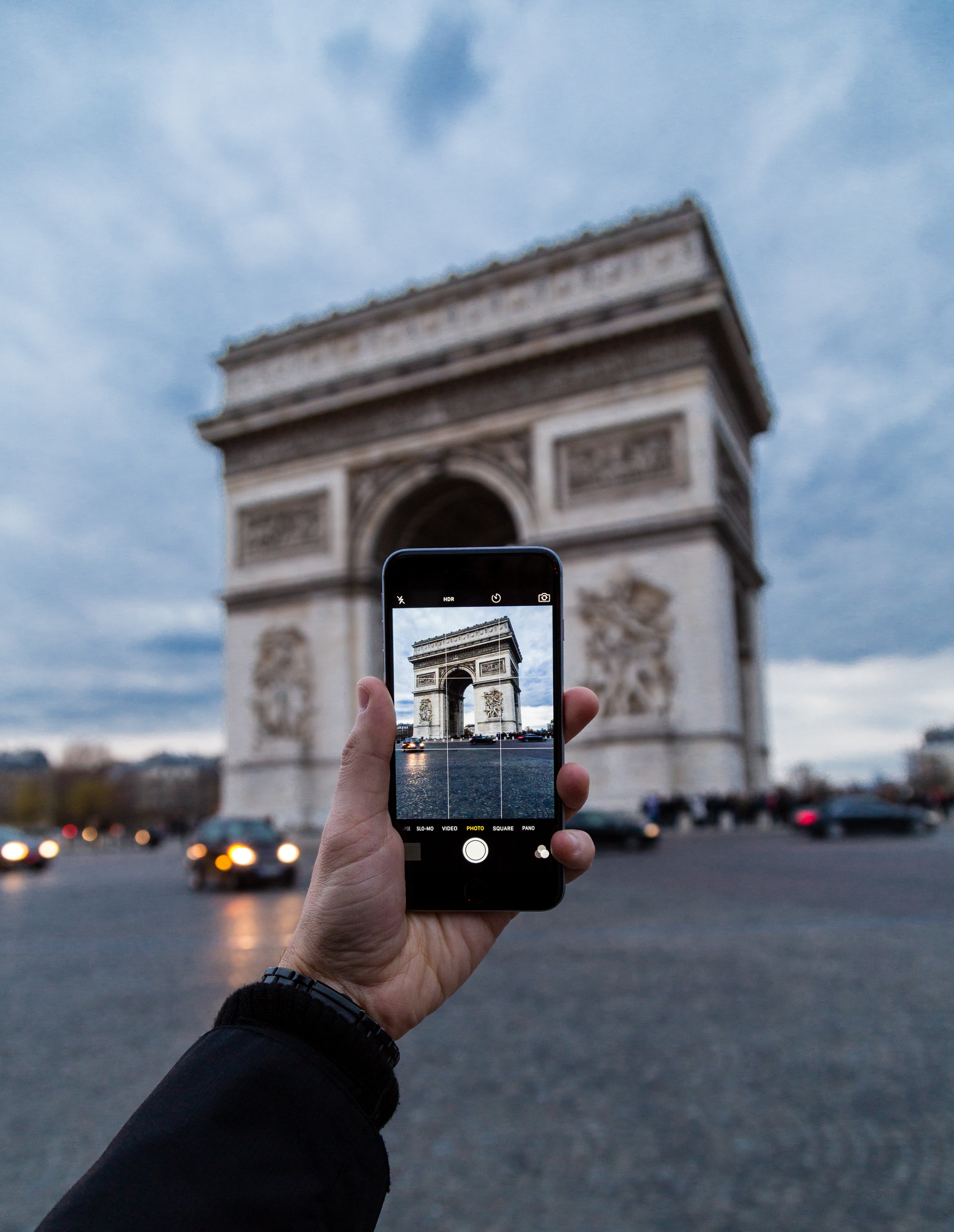These effects are perhaps most striking during travel. In travel, we allow ourselves to take a step back from the loops of our lives, becoming third-party observers from our foreign perch. As we reorient to our new surroundings, we more noticeably select which behaviors to carry with us, and which to leave home, like the pseudo-philosophical travel memoir you bought at an airport five years ago only to fall asleep reading on every flight since.
One such behavior is our relationship with social media. Omnipresent in our day-to-day lives, our interaction with it has become an almost unconscious choice, woven into every high, low and lull. Yet, when we land in a new place, we’re confronted with the sudden need to define our relationship: Will I share this trip with my followers? Are people expecting me to post? How many times a day will I post? Will I be disappointed if I don’t have any pictures to share on social media?… Will there even be wifi?
“When we land in a new place, we’re confronted with the sudden need to define our relationship (with social media): Will I share this trip with my followers? Are people expecting me to post? How many times a day will I post? Will I be disappointed if I don’t have any pictures to share on social media?… Will there even be wifi?.”
Perhaps it speaks to how seamlessly our online personas have merged with our offline ones; where the maintenance of our digital reputation now features prominently on the hierarchy of social needs. While the gold-standard of “escapist” travel is to turn off, disconnect and live in the moment, to do so today would likely result in a gnawing feeling of loss—the social opportunity cost of not documenting your travels on Instagram.
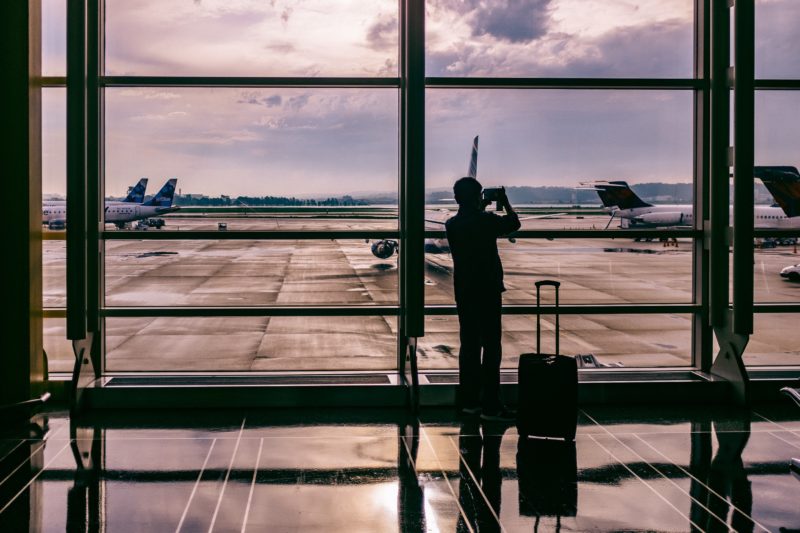
For the FOMO generation, social media has steadily hacked at our ability to be present, stealing from us our solitude, both in preference and access. To even participate in social media requires taking pictures, an act formerly so expensive and inconvenient that it was reserved for special occasions, now so thoughtlessly accessible that we take more photos than we’ll ever be able to appreciate. The select photos we choose to present to the world—regardless of how well they depict an overall experience—become the moments etched into our memory, and the rest are left to wither on the digital vine.
Linda Henkel, a professor of cognitive psychology at Fairfield University, said in an interview with Pitchfork, “With the camera, people act as if their photos are their memories and they’re not. A photo is one representation of an experience, but it’s not the experience.” Henkel’s 2014 study in Psychological Science, the article explains, documents an observed “photo-taking impairment” in which the act of photography actually hinders long-term recall. This phenomenon occurs when people depend on images to capture a moment instead of relying on their brain to record lifelong memories.
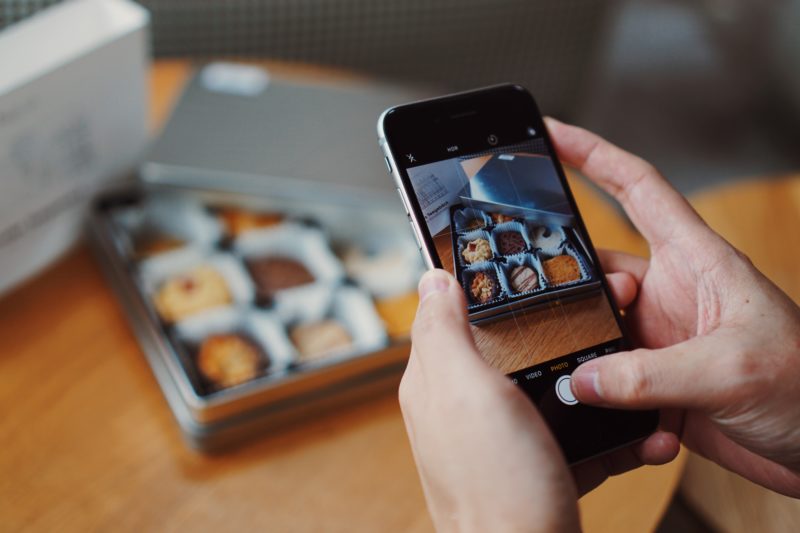
And so, to combat this modern traveler’s catch-22, our culture has invented an ingenious workaround: photography is no longer just a tool to enhance memory, but it is the memory.
A cottage industry of selfie-stations on wheels has seemingly popped up overnight, with The Museum of Ice Cream, Refinery29’s 29 Rooms, and Happy Place among the most insta-ntly recognizable. These whimsical, brightly colored sets are little more than Instagram backdrops, though they’re billed as entertainment, disguised as an experience, and sold as a memory. Los Angeles’s brightly painted walls, such as the infamous pink wall at the Paul Smith store on Melrose Ave., have become bona fide tourist destinations.
The experience of an “Instagram Museum,” when applied to the context of travel, threatens the very heart of the travel experience. If you are thinking primarily—or only—of the photo opp, you risk not fully immersing yourself in the heart of a place. It’s akin to an American traveler ordering a hamburger abroad: you can do it, you might enjoy it, but why bother? The experience does not require a passport.
“If you are thinking primarily—or only—of the photo opp, you risk not fully immersing yourself in the heart of a place.”
Case-in-point: A recent study by Schofield’s Insurance, which surveyed more than 1,000 UK adults aged 18-33, found two-fifths (40.1%) of millennials would choose their travel destination based on how “instagrammable the holiday would be.” Personal development, chances to experience the local cuisine, and opportunities for sightseeing captured just 22.6%, 9.4%, and 3.9% of the participants’ responses, respectively. This is not a knock on millennials—more so, these results are the proverbial canary signaling the looming demise of pre-social media travel.
Instravel – A Photogenic Mass Tourism Experience from Oliver KMIA on Vimeo.
This viral video above, conceived and posted by a frustrated traveler named Oliver, neatly encapsulates this concept. While on a trip to Rome, he found himself unable to see the city’s famous landmarks due to thick throngs of tourists craning for the perfect shot. He writes: “During my trip, I felt that many people didn’t really enjoy the moment and were hooked to their smartphones. As if the ultimate goal of travel was to brag about it online and run after the likes and followers.” The resulting video features Instagram photos of strangers on vacation in quick succession, all unknowingly echoing each others’ poses in front of a handful of popular tourist destinations. It’s an acerbic—and eye-opening—look at how ubiquitous, and perhaps meaningless, these highly sought-after vacation photos have become.
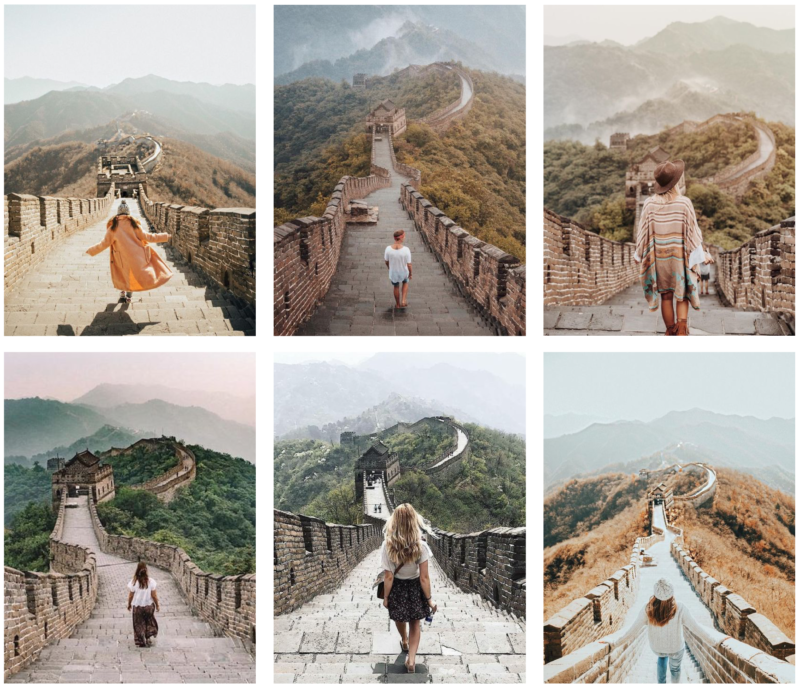
This phenomenon is not limited to metropolitan tourist meccas. Thanks to fairly recent developments in social media, local spots and hidden gems are now geotagged, hashtagged, and indexed for your search and discovery pleasure.
This deluge of insider knowledge for public consumption has inadvertently endangered the very spots they celebrate. With the advent of location sharing and travel blogging, lesser-known destinations now face the threat of tourist overconsumption. For the more pristine natural sites, like Arizona’s Horseshoe Bend—which, on a daily basis, now sees four times the amount of visitors in a day as it saw in an entire year only half a decade earlier—the risk is increasingly dire, as these delicate ecosystems simply aren’t equipped to handle the burden of increased human visitation.
Jason Futrill, a professional photographer with a large Instagram audience, has had to grapple with his own role in the destruction of fragile natural sites he’s shared with his followers. When asked about Secret Falls in Wellington National Park, he told Australia’s ABC News, “All of the ferns, the foliage, the moss—everything that used to be in there—has just been torn out because people just don’t respect the area, and the foot traffic that we’ve caused.” He goes on to say that the damage that’s been done from sharing that location can never be reversed.
It’s a troubling paradox for nature lovers.
For those who do visit natural sites, however, the desire for the perfect shot can overpower the subtle beauty of a place. Colette Robinson, a professional travel photographer, notes the flocks of tourists who congregate at popular photo destinations. “There’s this one spot in Arches National Park where everybody goes for sunrise. There were so many people, I couldn’t find a place to set up my tripod without getting someone else’s equipment in my shot. But what was interesting is, as soon as the sun rose, everybody fled. And then, there was actually still a really gorgeous light, and we went up and got a prime spot and took shots that turned out to be really beautiful and unique.” The lesson? “Actually be there and look at what you’re seeing and stay if it’s still beautiful.”
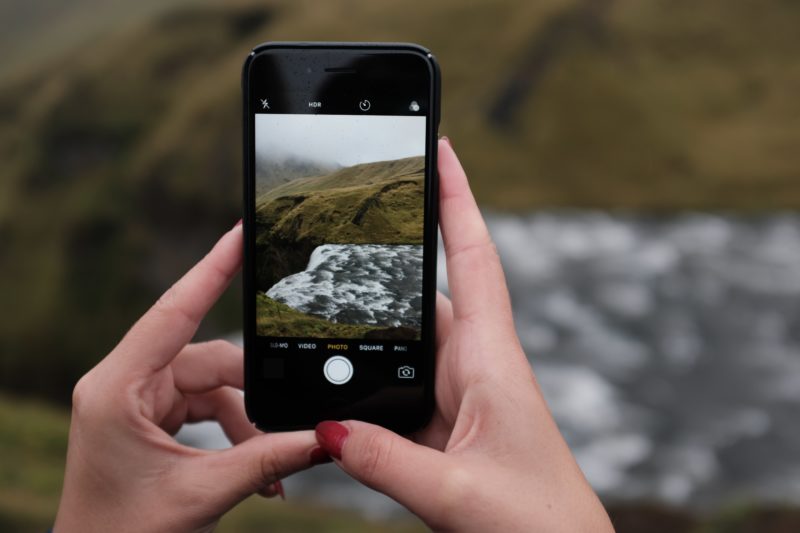
Perhaps the most damaging implication of all, at least psychologically, is social media’s comparison trap. The never-ending stream of azure oceans, impossibly quaint European cafes, and watercolor desertscapes are kindling for an existential crisis. The trouble is, of course, the photo tells almost none of the story.
“On Instagram, traveling seems so fun and easy and luxurious,” says Robinson, “and it’s so the opposite. It’s usually a lot of frustration, and bad weather, and uncomfortable experiences.”
“On Instagram, traveling seems so fun and easy and luxurious,” says Robinson, “and it’s so the opposite. It’s usually a lot of frustration, and bad weather, and uncomfortable experiences. And then, you finally get one you like and post it, and everyone thinks, ‘oh my gosh, they’re living the life traveling,’ but no—actually, it’s really hard work to produce that one shot, so I think it gives everyone a false sense of how easy and glamorous it is to travel.”
“Anyone who’s traveled somewhere that isn’t a super high-end location knows that it’s difficult and there’s confusion, add trying to get a super high quality photo on top of that, and it’s not always fun. It’s definitely rewarding, and the struggle is part of what makes it such a beautiful journey and growth experience, but only showing this side of the story doesn’t accurately portray what it’s like.”
Needless to say, Instagram is here to stay, and in many ways, it’s for the better — the trick is to find a balance.

